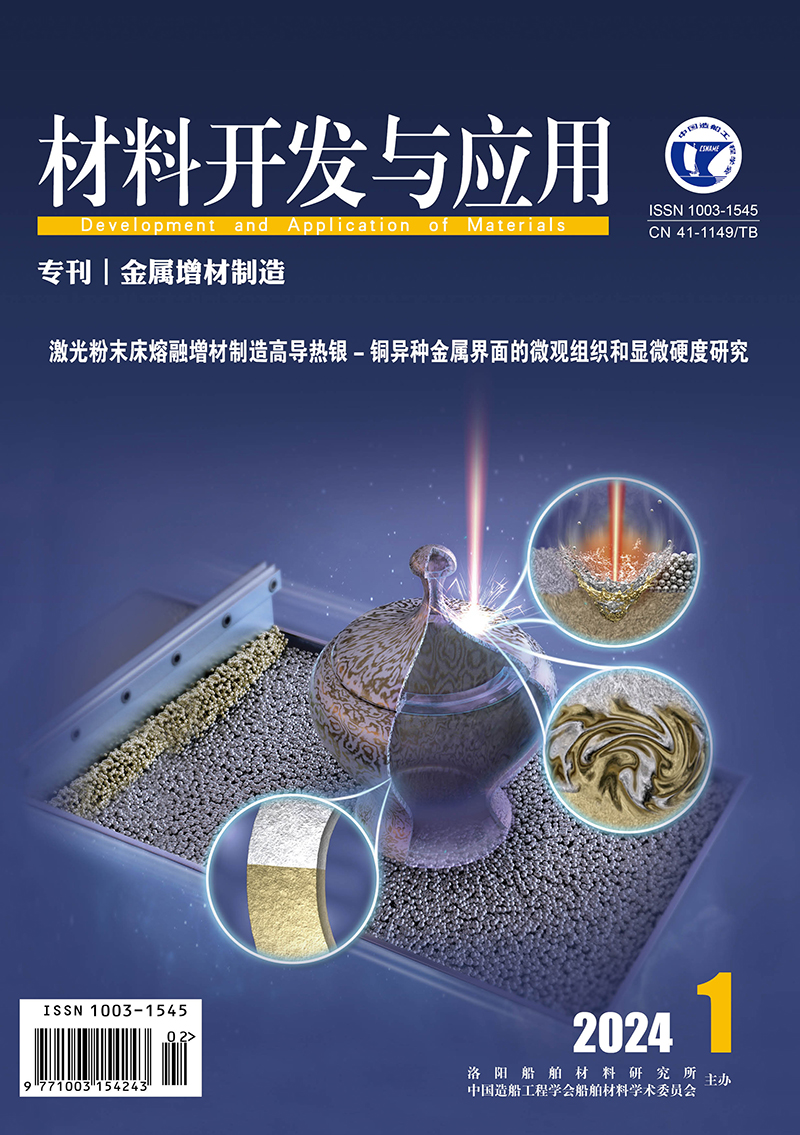2022 Vol. 37, No. 2
Display Method:
2022, 37(2): 1-9.
Abstract:
2022, 37(2): 10-18.
Abstract:
2022, 37(2): 19-23.
Abstract:
2022, 37(2): 37-41.
Abstract:
2022, 37(2): 42-49.
Abstract:
2022, 37(2): 50-55.
Abstract:
2022, 37(2): 56-62.
Abstract:
2022, 37(2): 63-66,70.
Abstract:
2022, 37(2): 67-70.
Abstract:
2022, 37(2): 71-74,100.
Abstract:
2022, 37(2): 75-79.
Abstract:
2022, 37(2): 80-84.
Abstract:
2022, 37(2): 85-88.
Abstract:
2022, 37(2): 89-95,100.
Abstract:
2022, 37(2): 96-100.
Abstract:


